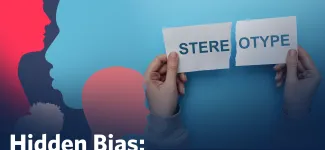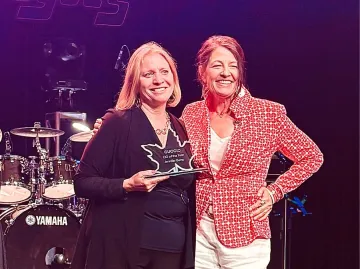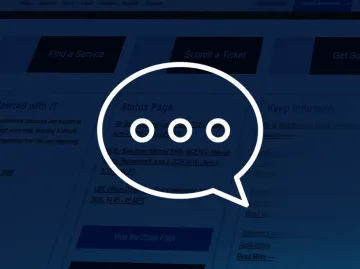As Asian Heritage Month comes to a close, it is important to reflect on how the “positive” stereotypes that may emerge in the field of IT can have negative outcomes for people of Asian descent. An article from MIT Sloan School of Management discusses how stereotypes typically applied to East Asians—such as being hard-working or adept at math—can actually become negative when tied to racial bias. These stereotypes reduce recognition for East Asian achievements that fall outside these narrow confines, particularly in areas like creativity. For instance, when Chinese American figure skater Nathan Chen won a gold medal at the 2022 Winter Olympics, a Washington Post article attributed his win to an “almost robotic zeal” rather than creativity or artistry. Unpacking these stereotypes further reveals the deep-seated challenges faced by the Asian community and highlights the need for us to recognize our biases.
All stereotypes have negative impacts
Positive stereotypes negatively impact individuals of East Asian descent by creating pressure to meet these expectations, resulting in feelings of failure when they do not. Studies published in the Journal and Community Health and the Journal of Mental Health demonstrate that the pressures applied by these stereotypes have contributed to negative mental health in young Asian Canadians.
Even when East Asians meet these stereotypes, the underlying racism remains harmful. Kumari Devarajan, a journalist for NPR, writes about this experience, stating, “Even the people who do live up to positive stereotypes can't win. When you fulfill a positive stereotype, you might not get credit for the effort you put in. And your success might solidify the stereotype in people's minds, leaving less room for them to think of you as your own person.” This sentiment is echoed by Jennifer Lee, a professor of sociology at the University of California, and Min Zhou, a professor of sociology at Nanyang Technological University. In chapter 6 of their book The Asian American Achievement Paradox, Zhou writes, “A group’s expectations are raised by positive stereotypes, and those elevated expectations become the perceived norm, raising the bar for evaluating Asian American candidates for college admissions, entry into the labor market, and promotions within occupations.” When the skill and knowledge resulting from an individual's dedication and growth are reduced to innate abilities attributed to their racial background, they do not receive adequate recognition for their personal achievements.
Moreover, stereotypes contribute to overlooking the history that has led to their emergence. Diamond Yao, a writer for the Canadian Encyclopedia, explains, “The model minority myth overlooks a history of systemic racism towards Canadians of Asian descent and trivializes contemporary problems within Asian Canadian communities.” Her article, Model Minority, details the racist history through which these stereotypes emerged.
Reflect on your biases to create positive change
At UBC IT, we have a diverse staff of talented individuals, including those of East Asian descent. These colleagues exemplify technical skills across various disciplines. Given the history of “positive” stereotypes becoming mechanisms of discrimination, take the time to reflect on your biases. When your colleagues produce exemplary work, recognize their achievements as products of their dedication and effort, not as by-products of their heritage.
Interested in learning more about how you can support equity, diversity and inclusion in the workplace? Consider taking the free, self-paced course from the VPFO: Foundations in Equity, Diversity and Inclusion. By the end of this course, you will be able to recognize the differences between equity, diversity, and inclusion, understand what makes a workplace inclusive, and grasp the importance of cultural safety.
Article written by Emilyn Sim



